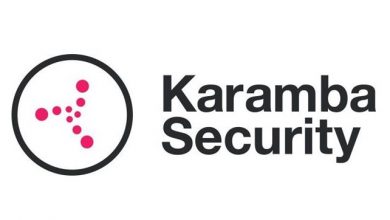Sotero shares top 5 predictions for data security and privacy in 2022
Sotero, a data security company has shared its top five predictions for data security and privacy in 2022. Cybersecurity incidents have risen 125% year over year and will continue to grow exponentially, putting vast amounts of organizational data at risk. Sotero has a selection of predictions and market trends to help you better prepare your organization for the year ahead.
These predictions are as follows:
- Consolidation Rises
Privacy and security products will move away from being one-trick-ponies where they accomplish one functionality and do it exceptionally well. As businesses rapidly expanded to accommodate work from home and cloud adoption, organizations have been forced to adopt numerous one-off solutions to help them rapidly meet their needs as they grew. While these solutions each met the individual need they were purchased for, as a collective, managing them became unwieldy.
- Access is Dynamic
Remote work and cloud infrastructure have demolished the traditional security perimeter of the firewall. To protect data, businesses will need to adapt how they approach data access security. Rather than assigning access once and leaving it forever, a more dynamic approach will be required to move to a zero-standing privilege model. As access is needed, requests will be made, and access can be assigned dynamically and then automatically removed after a set period.
- Security is a Competitive Advantage
An organization’s data security state will be an important decision-maker for potential customers in the coming year. Over the last few years, consumers have taken a keen interest in how their data has been used and protected, resulting in such legislation as General Data Protection Regulation (GDPR) and the California Consumer Protection Act (CCPA). These regulations have forced businesses to better manage how they use and store customer data.
- Automation is Key
Automation will play a key role in managing the global workforce shortage. This is not to say that automation will replace existing workers, but instead, that automation will help organizations make the most out of their current workforce. By automating simple tasks and monitoring those that are often time-consuming and tedious, skilled security professionals are freed up to apply their time to more effective pursuits such as projects that facilitate organizational improvement.
- Being Prepared
In 2021, attackers pulled out all the stops to capitalize on the shifting IT architectures of organizations in response to the pandemic. They took advantage of the chaos and rapid growth to find holes in implementation and create footholds for an attack. In 2022, organizations have a chance to take back control and protect their organization. Organizations will fortify their security foundation for the coming year by shoring up security in existing infrastructure
“Security evolution is being driven by a number of factors. Rapid technology innovation, cloud adoption, integrated platforms, data sharing and cyber threats. Current security approaches and technology are insufficient. Today’s security perimeter is broken and under constant attack. Data (information) is the new perimeter” said Purandar Das, CEO and Co-Founder of Sotero. “Security through a data-first approach is a must-have. Consolidation of security products and automation is the future. Access control, offline analytics and keeping your fingers crossed isn’t cutting it anymore,” he added.



